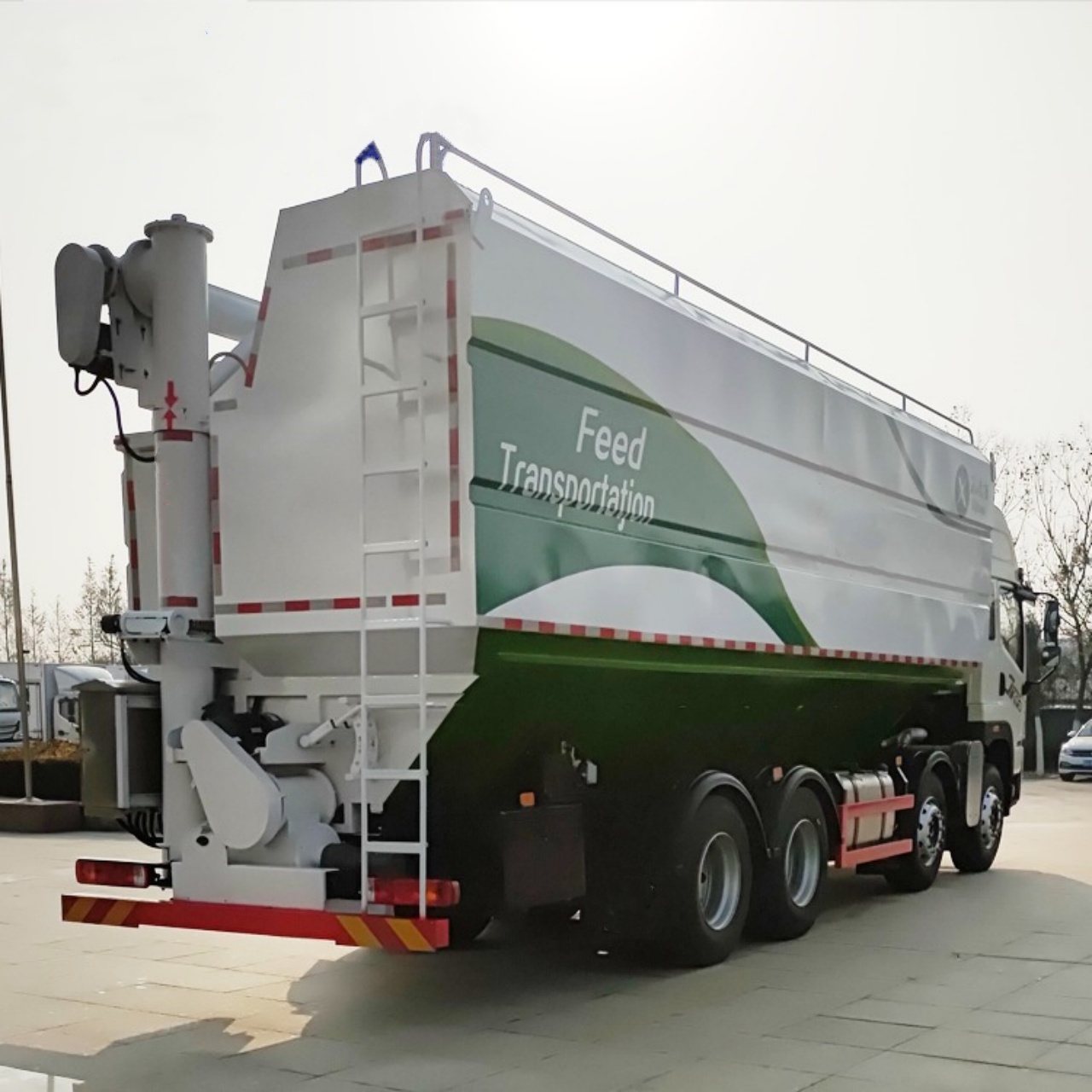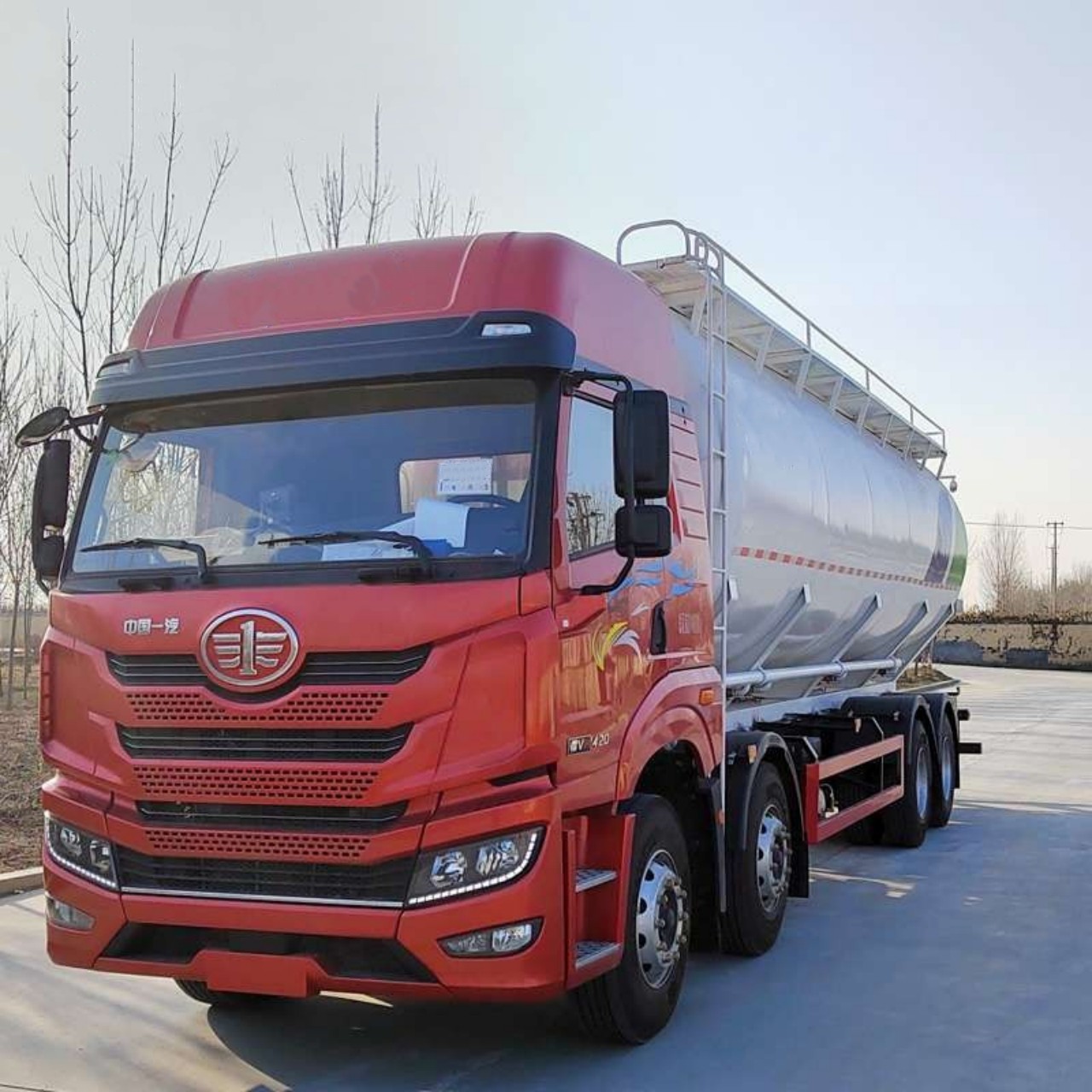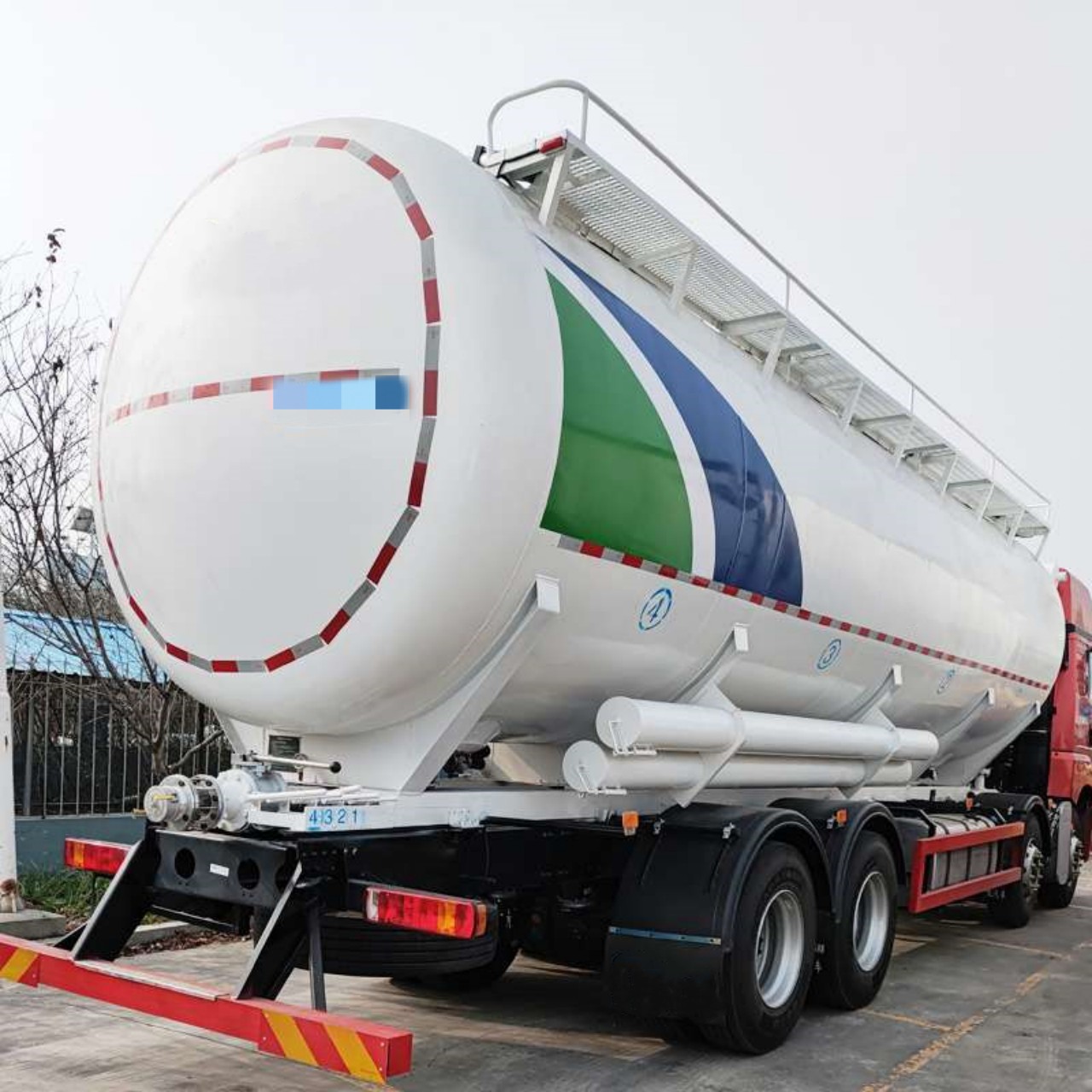Dry bulk refers to dry commodities that are transported in large, unpackaged quantities, typically by truck, rail, or ship. These materials are usually granular or powdery and flow freely, much like liquids, although they are solid. Dry bulk plays a crucial role in modern industry and logistics, serving as the backbone for numerous sectors including construction, agriculture, energy, and manufacturing. This article explores what dry bulk is used for, offering an in-depth look into its types, transportation methods, and real-world applications.
Understanding Dry Bulk
Dry bulk materials can be divided into 2 primary categories: Major dry bulk and Minor dry bulk.
- Major dry bulk consists of high-volume commodities such as coal, iron ore, and grains. These are the materials most commonly transported in massive quantities across the globe.
- Minor dry bulk includes a wider range of materials like cement, salt, fertilizers, bauxite, petcoke, and more. Though smaller in individual volume compared to major dry bulk, these are still critical for industrial use.
These materials are typically transported in specialized vehicles such as dry bulk tankers, hopper railcars, or dry bulk carriers at sea. Efficient handling and transport of dry bulk are vital for maintaining supply chains in many industries.
Applications of Dry Bulk Materials
1. Construction Industry
The construction industry is a major consumer of dry bulk materials. Some of the key products used include:
- Cement and Lime are essential components in the production of concrete, mortar, and plaster. These materials are typically transported in pneumatic tankers to prevent moisture contamination.
- Sand and Aggregates: Used in concrete production and road building. Though often not categorized as “dry bulk” in the strictest sense when transported loose, they are handled similarly in bulk systems.
- Fly Ash: A byproduct of coal combustion used in cement production and soil stabilization.
Efficient transportation of these materials in dry bulk form allows for large-scale infrastructure projects such as highways, bridges, and buildings to proceed with fewer interruptions and lower costs.
2. Agriculture
Agriculture relies heavily on dry bulk for both inputs and outputs.
- Grains (Wheat, Corn, Soybeans, etc.): After harvest, these grains are transported in dry bulk carriers from farms to silos, processing plants, and export terminals.
- Fertilizers: Including potash, urea, ammonium nitrate, and phosphate-based products. These are transported in bulk to minimize handling costs and contamination.
- Animal Feed: Dry feed ingredients such as soybean meal and corn gluten are commonly transported in bulk to feed mills and livestock farms.
The ability to move agricultural products in bulk helps ensure food security and supports international trade.
3. Energy Sector
Dry bulk commodities are crucial to the energy sector, particularly for traditional fossil fuels and renewable alternatives.
- Coal: One of the most prominent dry bulk commodities, used primarily for electricity generation and steel production.
- Biomass Pellets: Increasingly used as an alternative to coal, biomass pellets are made from compressed organic material and are also transported in bulk.
- Petroleum Coke (Petcoke): A byproduct of oil refining used as a fuel and in the manufacture of steel and aluminum.
The scale and frequency of energy production make dry bulk transportation indispensable in this industry.
4. Mining and Metals
The mining industry is both a source and a consumer of dry bulk materials.
- Iron Ore and Bauxite are raw materials used in the production of steel and aluminum, respectively. These are usually mined in remote locations and shipped in bulk to processing plants.
- Clinker: A nodular material used in cement manufacturing, also transported in dry bulk form.
- Gypsum: Used in the production of plaster, wallboard, and other construction materials.
Bulk transport allows miners and metal producers to maintain efficient supply chains from extraction to processing.
5. Chemical and Industrial Uses
Many dry bulk materials are chemical compounds essential for industrial processes.
- Soda Ash: Used in the manufacture of glass, paper, soaps, and detergents.
- Salt: Beyond culinary use, salt is important for chemical manufacturing and road de-icing.
- Plastic Pellets (Resins): Used in the production of a vast range of plastic goods, transported in clean, sealed pneumatic trailers to maintain purity.
Efficient handling and bulk delivery of these materials allow for consistent manufacturing outputs and cost-effective production.
Transportation and Handling of Dry Bulk
Transporting dry bulk materials presents unique logistical challenges. The method of transport depends on the type of material and its end-use. Common methods include:
- Pneumatic Dry Bulk Trailers: These trucks use air pressure to discharge powdery materials like cement or flour. They are common for short-haul transport.
- Hopper Railcars: Used for commodities like grain, coal, and minerals across long distances via rail.
- Bulk Carriers (Ships): Massive vessels designed specifically for transporting dry bulk across oceans. They range in size from Handysize (up to 50,000 DWT) to Capesize (over 150,000 DWT).
Each method of transport must ensure the material stays dry and uncontaminated. Specialized loading and unloading equipment, such as conveyors, air blowers, and rotary valves, is used to maintain flow efficiency and product integrity.
Environmental and Economic Impact
Transporting and handling dry bulk materials have both environmental and economic implications.
- Dust Control: Fine dry bulk materials can become airborne during loading/unloading, posing health and environmental risks. Proper dust suppression technologies are essential.
- Efficiency: Bulk transport reduces packaging waste and lowers per-unit transportation costs, making it economically advantageous.
- Sustainability: As industries move toward greener practices, bulk transport of biomass and recyclable materials (like scrap metal and fly ash) is becoming more common.
The push for cleaner energy and more efficient resource use will continue to drive innovations in dry bulk handling and transport.
Conclusion
Dry bulk materials are integral to many facets of modern life. From building infrastructure and growing food to producing energy and manufacturing consumer goods, these materials are the unsung heroes of industrial logistics. Their efficient and safe transport in bulk is vital for the smooth operation of global supply chains. As technology advances and environmental standards rise, the dry bulk industry will continue to evolve, finding smarter and more sustainable ways to meet the world’s growing needs.





